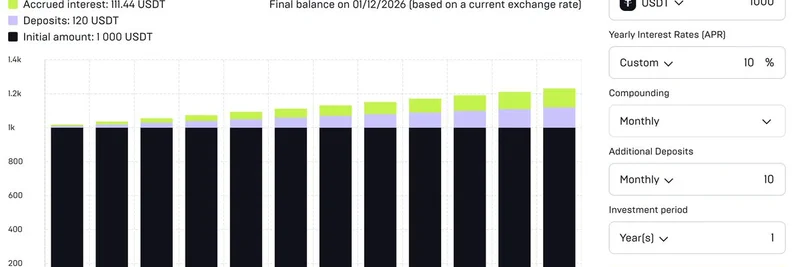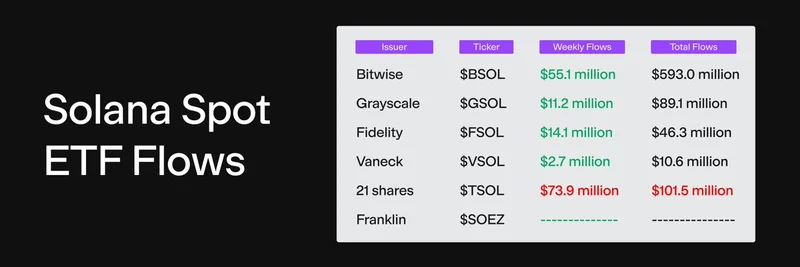In the fast-paced world of blockchain and AI, innovation never sleeps. Recently, Edgar Pavlovsky, known for his work with Dark Research AI, MTN DAO, and Paladin on Solana, shared a thought-provoking tweet that's got the crypto community buzzing. He's quoting a new paper on Tiny Recursion Models (TRM), and his take? It's time to rethink how we use AI in crypto.
Let's break it down. The original post comes from Alexia Jolicoeur-Martineau, a senior AI researcher at Samsung SAIT AI Lab. She announced a new paper introducing TRM—a super lightweight neural network with just 7 million parameters. Despite its small size, it crushes benchmarks: 45% on ARC-AGI-1 and 8% on ARC-AGI-2, outperforming most large language models (LLMs). For context, ARC-AGI is a tough test for abstract reasoning and generalization in AI, kind of like an IQ test for machines.
You can dive deeper into the details on her blog post or check out the code on GitHub. The key takeaway? Recursion—where the model calls itself to break down problems—allows tiny models to punch way above their weight.
Edgar's response hits home for blockchain folks: "I'm going to keep saying it until we've implemented this approach at @darkresearchai, but there's a huge space for (1) lower latency (2) cheaper AI experiences through tiny models that are good enough to solve scoped down tasks. The 'remote LLM API for everything' approach will feel outdated in the future."
Why does this matter for meme tokens and crypto? Dark Research AI is building specialized AI agents for crypto products, including their realtime information agent Scout and even their own token $DARK, searchable on scout.trade. In blockchain, where every second and every gas fee counts, tiny models like TRM could revolutionize on-chain applications.
Imagine meme token traders using low-latency AI agents that run directly on devices or edges, without pinging expensive remote APIs. This could mean faster sentiment analysis for viral memes, cheaper oracle services for price feeds, or even AI-driven community tools that don't break the bank. On platforms like Solana, known for high speed and low costs, integrating tiny AI could supercharge DeFi protocols, NFT marketplaces, and yes, meme coin launches.
The shift away from bloated LLMs to scoped, efficient models aligns perfectly with blockchain's ethos of decentralization and efficiency. No more relying on centralized API giants—think more peer-to-peer AI that lives on the chain or in your wallet.
As Edgar points out, this isn't just hype; it's the future. At Dark Research AI, they're already experimenting with these ideas, blending AI with crypto to create tools like their Model Context Protocol for Solana. If you're in the meme token space, keep an eye on how these tiny models evolve—they could be the edge you need in this wild market.
What do you think? Will tiny AI models disrupt the crypto landscape? Drop your thoughts in the comments below, and stay tuned to Meme Insider for more on how tech innovations are shaping meme tokens.


